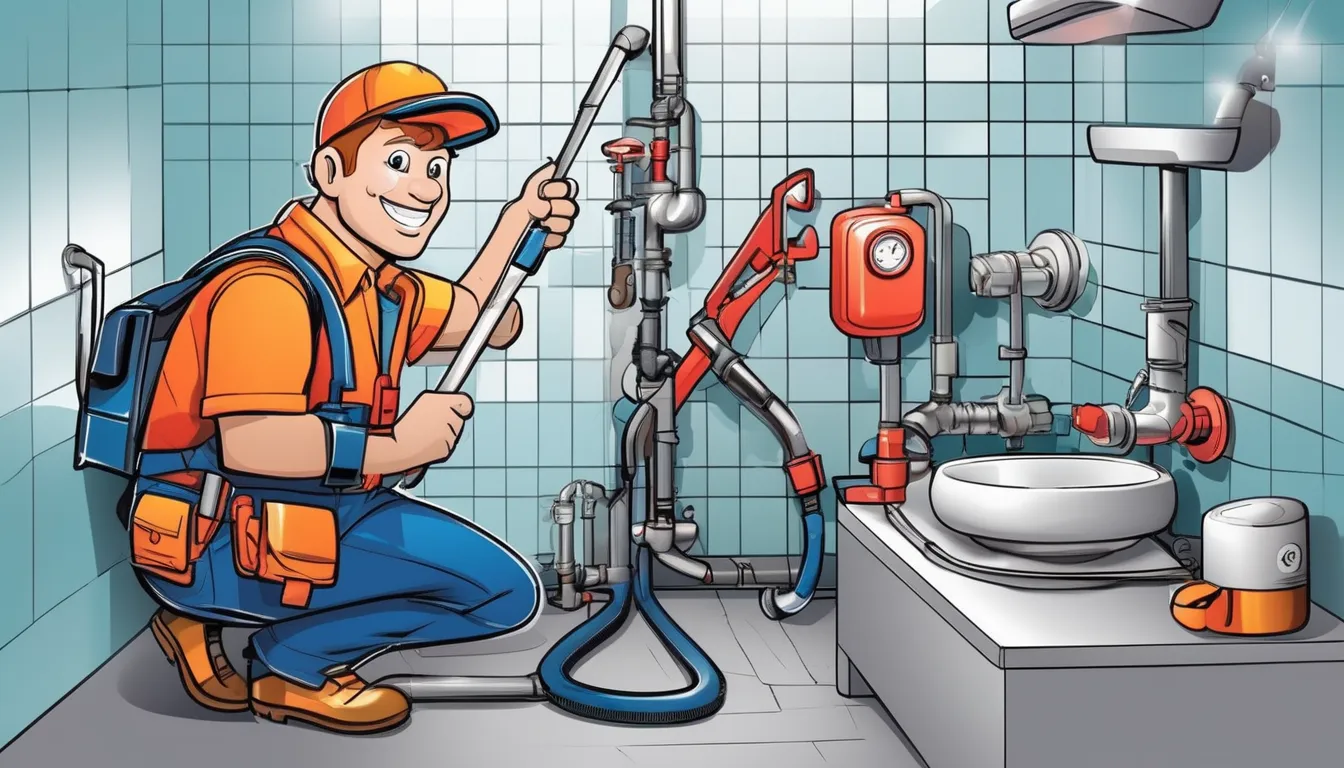
As you get behind the wheel, you’ll quickly realize that smooth rides don’t just happen – they’re a result of mastering essential driving skills. You’ll need to develop control over your vehicle, navigating different road types and conditions with confidence. But what does it take to get to that point? You’ll need to balance smooth acceleration with precise steering, and know when to hit the brakes. But that’s just the beginning. As you continue to develop your skills, you’ll face new challenges that’ll put your driving abilities to the test – and it’s crucial you’re prepared.
Mastering Vehicle Control Basics
When you’re behind the wheel, a smooth ride depends on your ability to coordinate speed, steering, and braking – the driver-vehicle connection. As you practice driving, you’ll develop your skills in controlling the vehicle.
Start by getting a feel for your vehicle’s acceleration and braking. Practice smooth acceleration by gradually pressing the gas pedal, and then ease off as you reach your desired speed.
To improve your steering skills, practice driving on different types of roads and in various conditions. On straight roads, focus on keeping the vehicle in your lane by making small adjustments to the steering wheel.
On curves, lean into the turn by gradually turning the wheel in the direction you want to go.
Braking is just as crucial as acceleration and steering. Practice gentle braking by taking your foot off the gas pedal and then pressing the brake pedal smoothly.
In emergency situations, press the brake pedal firmly but avoid slamming on the brakes, which can cause your vehicle to skid or lose control. By mastering these vehicle control basics, you’ll be well on your way to becoming a confident driver.
Safe Following Distances
Maintaining a safe following distance is crucial to avoiding accidents, as it gives you time to react to unexpected situations on the road. When you’re driving, you’ll encounter various situations that require you to adjust your following distance accordingly.
A general rule of thumb is to leave at least a 2- to 4-second gap between you and the vehicle in front of you. To gauge this distance, choose a fixed point on the road ahead, such as a sign or a marking, and count the seconds it takes for the vehicle in front of you to pass that point. If you reach the point before you finish counting, you’re following too closely.
Adjust your following distance based on road conditions, weather, and the type of vehicle you’re driving. For example, you’ll need more space on wet or slippery roads, or when driving a large vehicle like a truck or RV.
It’s also essential to be aware of your surroundings and the behavior of other drivers, as this can help you anticipate potential hazards and react accordingly. By maintaining a safe following distance, you’ll significantly reduce your risk of being involved in an accident.
Navigating Intersections Safely
Navigating intersections safely requires your full attention and a clear understanding of the rules of the road.
As you approach an intersection, you’ll need to be aware of your surroundings, including other vehicles, pedestrians, and traffic signals.
When navigating intersections, consider the following key factors:
- Come to a complete stop: Always stop completely at a red light or stop sign, and look around for any pedestrians or vehicles that may be approaching.
- Check for pedestrians: Be aware of pedestrians who may be crossing the road or using crosswalks, and yield to them as necessary.
- Yield to others: If you’re approaching an intersection at the same time as another vehicle, yield to the vehicle that arrived first or to the vehicle on the right.
- Look for traffic signals: Pay attention to traffic signals and follow their instructions – if you’re unsure what to do, err on the side of caution and wait for clarification.
Handling Emergency Situations
A sudden emergency on the road can be a driver’s worst nightmare. You’ll need to stay calm and react quickly to minimize the risks.
If your vehicle breaks down or you experience a medical issue while driving, move to a safe location as soon as possible. Turn on your hazard lights to alert other drivers.
If you’re unable to move to a safe location, call for emergency assistance and wait for help to arrive.
In case of a tire blowout or loss of control, don’t slam on the brakes. Instead, ease off the gas pedal and steer your vehicle to a safe stop.
If you’re involved in a crash, check for injuries and call for medical help if needed.
Exchange information with the other parties involved, including your contact and insurance details.
Take photos of the damage for insurance purposes.
Stay calm and be prepared to provide a clear account of what happened to the authorities and your insurance provider.
Defensive Driving Techniques
You’ve learned how to handle emergency situations on the road, but preventing them from happening in the first place is just as important.
This is where defensive آموزش رانندگی برای افراد مبتدی techniques come in – they can help you anticipate and respond to potential hazards before they become major problems.
As a new driver, it’s crucial to develop these skills to stay safe on the road.
Here are some defensive driving techniques to master:
- Maintain a safe following distance: Leave enough space between you and the vehicle in front to allow for stopping time in case of an emergency.
- Be aware of your surroundings: Keep an eye on the road, other vehicles, pedestrians, and weather conditions to anticipate potential hazards.
- Anticipate the actions of other drivers: Expect the unexpected from other drivers and be prepared to react if someone makes a sudden move.
- Stay focused and avoid distractions: Avoid using your phone or engaging in conversations while driving to stay focused on the road.
Conclusion
By mastering vehicle control basics, maintaining a safe following distance, navigating intersections safely, and handling emergency situations, you’re well on your way to a smooth ride. Don’t forget to practice defensive driving techniques to anticipate potential hazards on the road. With these essential skills under your belt, you’ll be able to navigate different roads and conditions with confidence, ensuring a safe ride for you and others.


